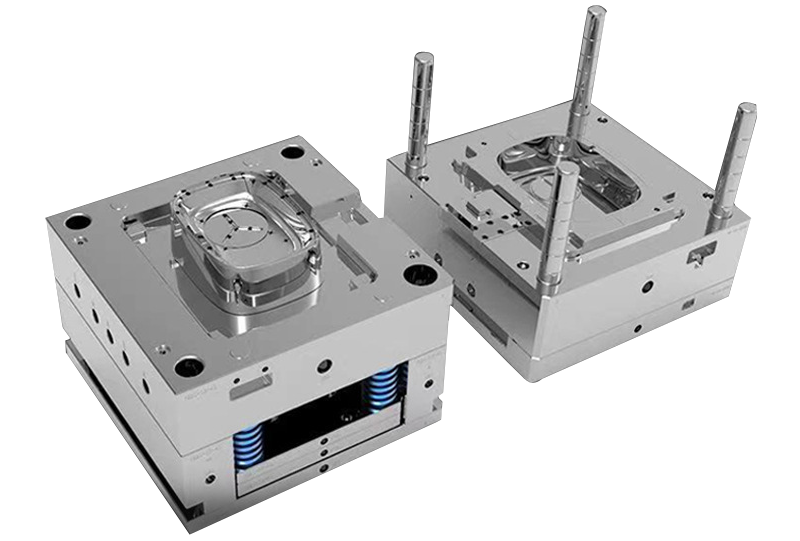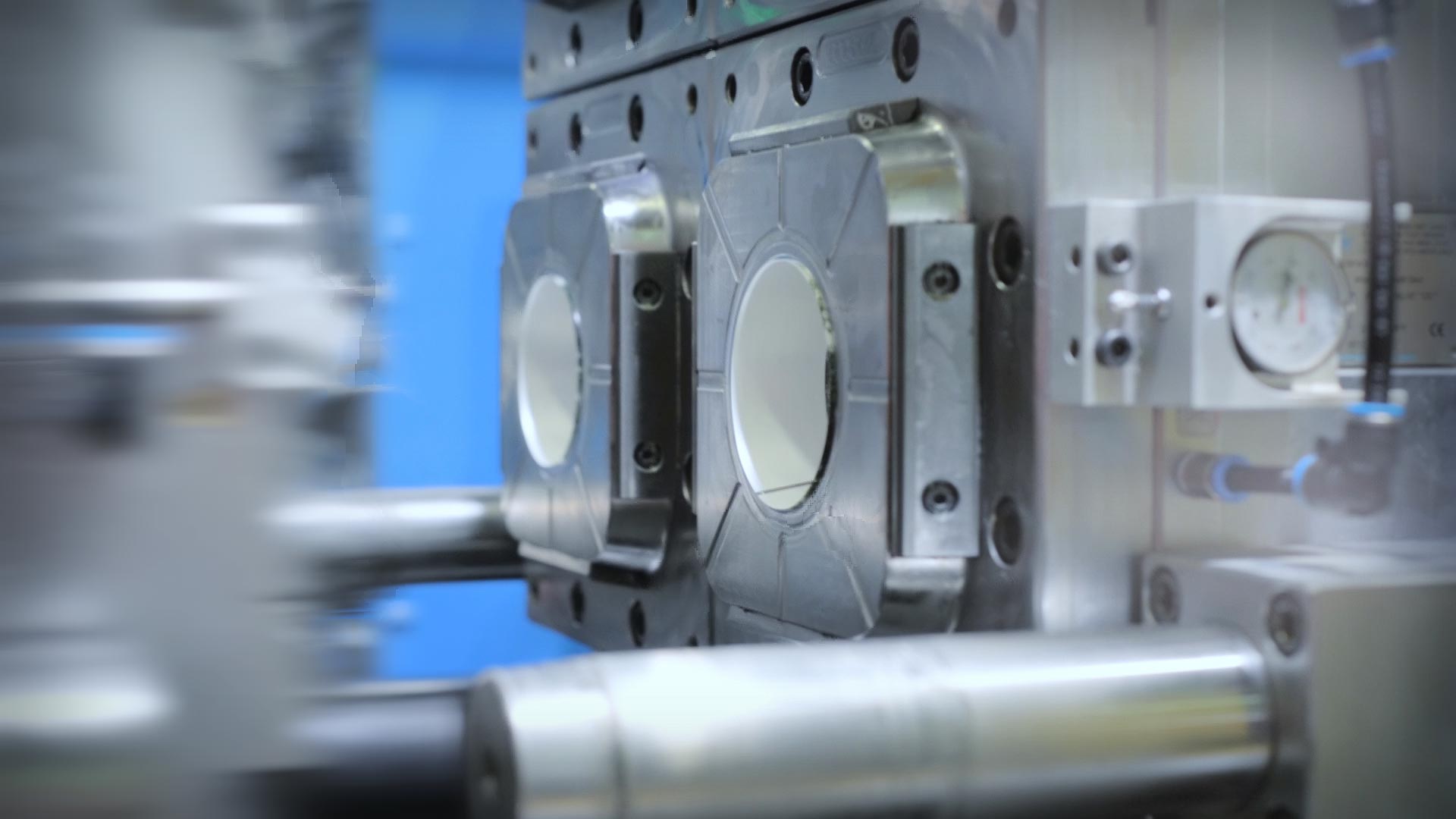The Future of Plastic Shot Molding: Patterns and Innovations to See
As the plastic injection molding market evolves, numerous essential patterns are emerging that promise to reshape its landscape. Automation and clever manufacturing techniques are established to enhance performance, while the shift towards sustainable products mirrors an expanding ecological consciousness. In addition, advancements in 3D printing are paving the method for unprecedented style flexibility. Nonetheless, these innovations additionally yield difficulties that require cautious consideration. Comprehending how these components will communicate and influence future methods is critical for stakeholders aiming to navigate this transformative period effectively.
Automation and Smart Manufacturing
As the plastic injection molding sector evolves, automation and smart production are taking center stage, transforming production processes - Plastic Injection Molding. The integration of advanced technologies such as robotics, IoT (Web of Points), and fabricated intelligence is enabling producers to enhance efficiency, lower operational prices, and boost product high quality. Automated systems enhance workflows, lessening manual treatment and raising throughput, which is essential in satisfying the increasing need for rapid manufacturing cycles
Smart producing modern technologies help with real-time tracking and data analysis, enabling companies to optimize equipment performance and predict upkeep requirements. This aggressive strategy not only minimizes downtime but also extends the life-span of devices. The use of collective robotics, or cobots, enhances the flexibility of manufacturing lines, allowing employees and equipments to run side by side securely and effectively.
The adoption of automation in plastic shot molding is not merely a trend yet a critical imperative for companies intending to remain affordable in a global market. By utilizing these technologies, suppliers can achieve greater precision, reduce waste, and adjust swiftly to changing customer demands, placing themselves for lasting development in a significantly computerized future.
Sustainable Materials and Practices
The press in the direction of automation and clever manufacturing has actually led the way for a higher emphasis on lasting products and practices within the plastic injection molding market. Business are increasingly looking for environment-friendly choices to typical petroleum-based plastics, causing the fostering of bio-based and recycled products. These sustainable products not only minimize environmental effect however likewise straighten with consumer need for greener items.

In addition, partnership between suppliers, product distributors, and environmental organizations is fostering development in the growth of lasting materials that satisfy performance requirements without compromising quality. As regulations around plastic use come to be more stringent, the sector is poised to adapt by accepting these lasting techniques, making sure long-lasting practicality and reducing reliance on non-renewable sources. The assimilation of sustainability into plastic injection molding is not simply a fad; it is coming to be a vital component of company obligation and functional excellence.
Breakthroughs in 3D Printing
Recent advancements in 3D printing innovation are substantially changing the landscape of plastic shot molding. The integration of additive production procedures permits the rapid prototyping of complex geometries that were impossible or when tough to accomplish with standard approaches - Plastic Injection Molding. This ability not only increases item development cycles yet additionally lowers material waste, lining up with the expanding need for lasting manufacturing methods
Additionally, the appearance of hybrid manufacturing methods, which incorporate 3D printing and injection molding, offers producers the capacity to create elaborate designs while keeping the effectiveness of automation. This approach makes it possible for the manufacturing of personalized components customized to specific consumer demands without compromising the speed and scalability that shot molding gives.
In addition, improvements in materials, such as high-performance polymers and composites he has a good point specifically developed for 3D printing, are improving the useful capabilities of published components. These materials can endure greater anxiety and show enhanced thermal residential properties, making them suitable for even more demanding applications.
As 3D printing remains to advance, its assimilation right into plastic shot molding procedures guarantees to enhance productivity, reduce expenses, and foster technology in item layout, placing makers to much better meet the challenges of an open market.
Data Analytics and IoT Combination
Data analytics and the assimilation of the Web of Points (IoT) are changing plastic shot molding by supplying suppliers with unmatched understandings into their procedures. By leveraging real-time information collected from interconnected devices and sensing units, producers can keep an eye on performance metrics, recognize inadequacies, and optimize manufacturing procedures. This data-driven technique facilitates predictive upkeep, decreasing downtime and extending tools life-span.
Additionally, IoT combination enables enhanced quality control. By continually tracking variables such as pressure, cycle, and temperature times, makers can quickly find variances from developed parameters and make adjustments in genuine time. This not only enhances product uniformity yet likewise minimizes waste and scrap rates.
The blend of information analytics and IoT innovations additionally equips makers to adopt even more nimble production approaches. With access to extensive data analytics, companies can respond to site web market demands with better adaptability, changing production routines and arrangements as required. This versatility is important in a rapidly transforming manufacturing landscape.

Personalization and Style Adaptability
Just how can customization and style adaptability improve the competitiveness of plastic shot molding? In a progressively diverse market, the capability to provide tailored services is critical. Personalization enables suppliers to meet particular customer requirements, suiting special dimensions, shapes, and performances that typical products might not accomplish. This adaptability not just promotes client commitment however likewise opens up opportunities for brand-new service opportunities across different industries, from auto to durable goods.
Developments in layout technologies, such as computer-aided design (CAD) and rapid prototyping, further reinforce this pattern. These devices index enable designers to develop elaborate patterns and complex geometries, which can be flawlessly incorporated into the manufacturing process. Therefore, makers can respond promptly to changing customer choices and market demands.
Moreover, the implementation of modular tooling systems improves design adaptability, permitting quicker changes between various product styles without substantial downtime. This versatility can result in reduced preparations and reduced production prices, making firms extra active and competitive. Ultimately, accepting personalization and layout versatility in plastic shot molding not only elevates item offerings yet also strengthens market positioning in an ever-evolving landscape.
Final Thought
The future of plastic injection molding is identified by substantial advancements in automation, lasting techniques, and cutting-edge products. The combination of IoT and data analytics will improve functional efficiency and anticipating upkeep. The adoption of recycled and bio-based products, together with progression in 3D printing, will cultivate sustainability within the industry. Customization through modular tooling and quick prototyping will certainly allow producers to continue to be responsive and competitive to the dynamic needs of the marketplace.

The future of plastic shot molding is defined by significant developments in automation, sustainable methods, and ingenious products.
Comments on “Just How Plastic Injection Molding Drives Effectiveness in Automation”